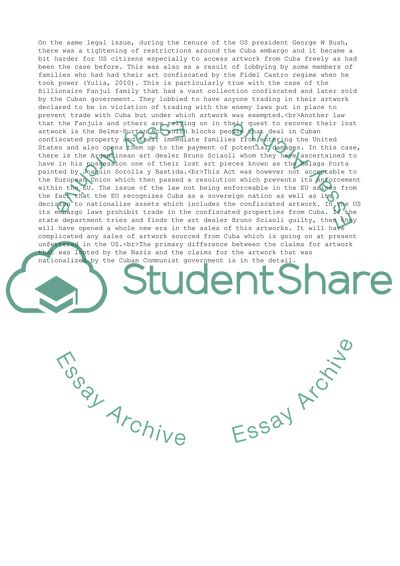Cite this document
(Cuban Art and Associated Legal Issues Case Study, n.d.)
Cuban Art and Associated Legal Issues Case Study. Retrieved from https://studentshare.org/business/1606567-art-management-essay
Cuban Art and Associated Legal Issues Case Study. Retrieved from https://studentshare.org/business/1606567-art-management-essay
(Cuban Art and Associated Legal Issues Case Study)
Cuban Art and Associated Legal Issues Case Study. https://studentshare.org/business/1606567-art-management-essay.
Cuban Art and Associated Legal Issues Case Study. https://studentshare.org/business/1606567-art-management-essay.
“Cuban Art and Associated Legal Issues Case Study”, n.d. https://studentshare.org/business/1606567-art-management-essay.


